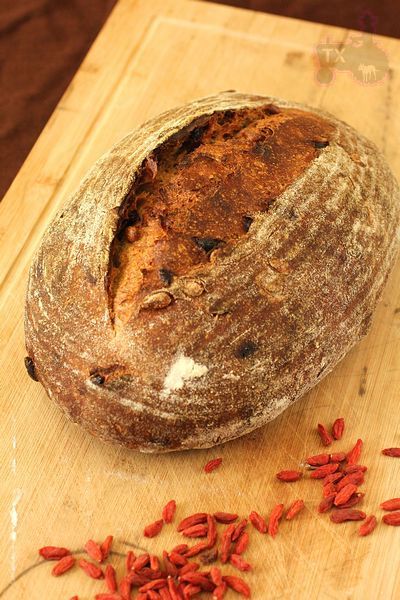Pain Au Levain W/ Wholewheat
This is another one of Hamelman's Pain Au Levain With whole wheat from His book "BREAD".
I'am testing out my new flour's performance with naturally leavened breads.
I mixed my dough ever so lightly, and did two stretched and folds (letter fold on the bench) @ 60 minutes intead of one at 50min. So, the fermentation time was 3 hours intead of 2.5.
I retarded the shaped loaves right after shaping for 8 hours, and left them to proof at room temp. for 1 hour while the oven was preheating to 510F.
- Log in or register to post comments
- 11 comments
- View post
- Mebake's Blog

